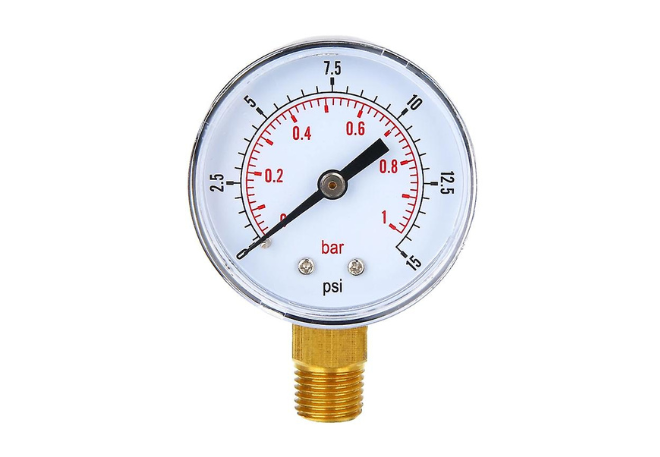Maximizing Your Electronics Projects: A Deep Dive into the Solder Station
Every electronics hobbyist, DIY enthusiast, or professional engineer knows that the right tools are essential to a successful project. One such vital tool is a Solder Station, the heart of all electronics assembly. This article will help you understand what a solder station is, why it's important, and how to choose the right one for your project.
What is a Solder Station?
A solder station is a multipurpose device used for soldering
electronic components onto a printed circuit board (PCB). It consists of a
station or base unit, a soldering iron or pencil, and a stand. The station
controls the temperature of the soldering iron, ensuring a precise and
consistent heat level for the most delicate tasks.
Why is a Solder Station Important?
Precision and Control
Soldering is a task that demands precision. Too much heat,
and you risk damaging sensitive electronic components. Too little, and the
solder won't properly melt and form a reliable joint. A solder station allows
you to adjust and control the temperature of the soldering iron accurately,
ensuring that you achieve the perfect balance.
Versatility
Solder stations can handle a variety of tasks, from
attaching tiny surface-mount components to large, power-hungry parts. With a
broad temperature range and interchangeable tips, a solder station can adapt to
any soldering job.
Durability and Longevity
Soldering stations are designed to last. The components are
built to handle repeated heating and cooling cycles without losing performance.
Furthermore, because the soldering iron tips are replaceable, a well-maintained
solder station can last for years.
Choosing the Right Solder Station for Your Needs
Understand the Types
There are three main types of soldering stations: analog,
digital, and rework stations. Analog stations have a physical knob for
temperature adjustment, while digital stations use a digital interface and
typically provide more precise control. Rework stations, on the other hand, are
specialized tools used for repairing or modifying PCBs, and often include a hot
air gun.
Consider the Wattage
The wattage of a solder station determines how quickly it
can heat up and how well it can maintain its temperature during use. Higher-wattage stations offer faster heat-up times and more power, which is useful for
larger components and thicker PCBs.
Look at Temperature Range and Stability
Different components require different soldering
temperatures. Therefore, it's essential to select a solder station with a broad
temperature range to cover all possible needs. Moreover, stability at the set
temperature ensures consistent, high-quality solder joints.
Check the Tip Compatibility
The soldering iron tip is the part that comes into contact
with the components and solder. Different tips are suitable for different
tasks, so ensure your chosen solder station supports a wide range of tip types.
Safety Features
Consider solder stations that come with safety features like
an auto-sleep function, which lowers the temperature of the iron when not in
use, both prolonging the life of your tips and reducing the risk of accidental
burns or fire.
Conclusion: The Right Solder Station Can Make a World of Difference
Whether you're a budding electronics hobbyist or a seasoned
professional, a solder station is an investment that can significantly enhance
the quality of your work. By understanding what to look for in a solder
station, you can choose the tool that will best serve your needs and elevate
your electronics projects.
.png)



Comments
Post a Comment